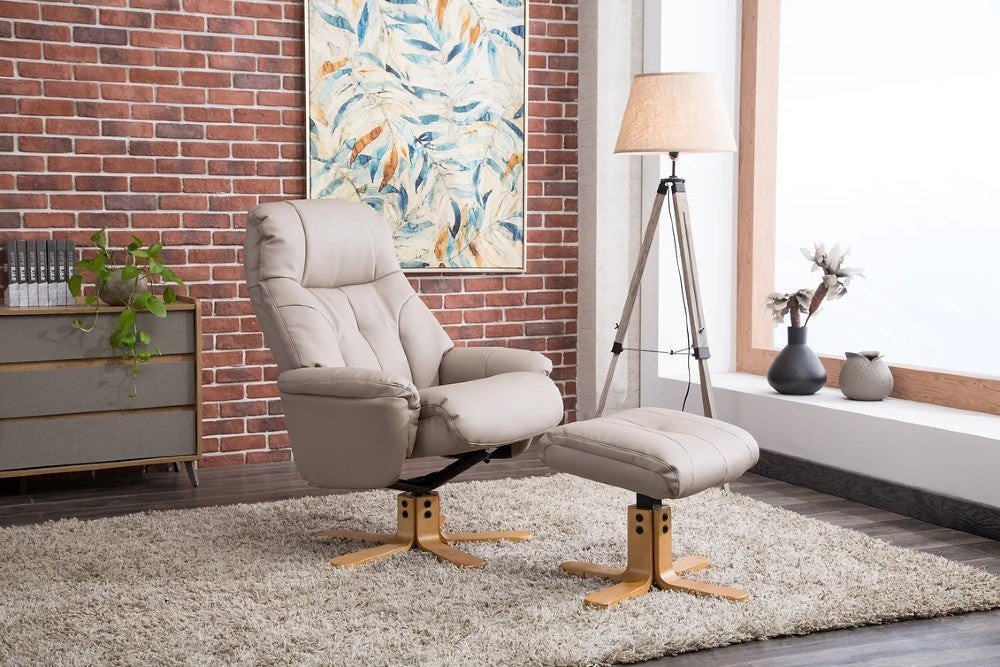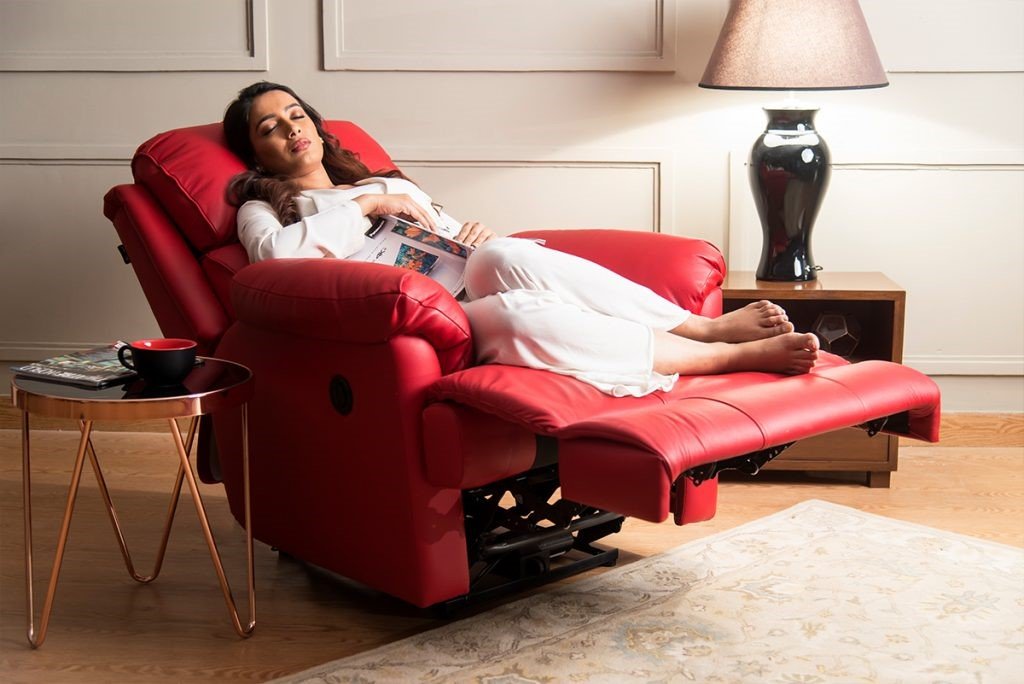Recliners have gone a long way, from plain, comfy seats to elegant furniture with cutting-edge features and technology. This article examines how recliners have changed, including their inventions, history, and current trends that have made them more than just comfortable seats.
Historical Roots of Recliners
Recliners have historical roots in ancient civilizations when individuals looked for novel methods to improve their sitting comfort. Although the modern recliner may appear to be a modern design creation, it has roots in several historical events that helped shape this cozy seating option. There is proof that early civilizations used crude versions of reclining seats, giving rise to the idea of reclining seating’s long history. For instance, chairs with movable backrests have been found in Egyptian tombs, suggesting that the value of comfortable seating was recognized early on. The Greeks and Romans also aided the development of comfortable sitting. With its sloping legs and curving backrest, Greek klismos chairs showed an early grasp of ergonomic design. Romans, known for their love of lounging, developed various types of daybeds and lounging chairs, some of which could be adjusted for reclining.
The Rise of Comfort Engineering
Comfort engineering has been increasingly popular in recliners, a fascinating journey of design innovation and a dedication to improving the user experience. In some of the best companies, like La-Z-Boy recliner ratings are very high. Thanks to developments in comfort engineering, recliners have progressed from basic lounging chairs to elegant pieces of furniture. Using ergonomic design concepts is one of the cornerstones of comfort engineering in recliners. Designers started concentrating on making chairs that followed the organic contours of the human body in addition to offering support. With this change, inflexible, one-size-fits-all designs gave way to customized, body-friendly constructions. Modern cushioning materials are used in recliners’ comfort engineering to improve the entire seating experience. Conventional cushioning materials such as cotton and foam have been substituted or added with memory foam, gel-infused foam, and other high-tech materials. These innovations provide better pressure distribution, support, and durability.
Also Read: Everything About Conservative News Kadaza
Innovations in Materials and Fabrics

Recliners have evolved into elegant and cozy seating options, largely thanks to advancements in materials and textiles. To improve recliners’ overall quality, robustness, and visual appeal, designers and engineers have investigated new materials and fabric technologies as manufacturing capabilities and technology have progressed. Memory foam is becoming a standard component of contemporary recliners. Memory foam, well-known for its capacity to adapt to the body’s contours and offer personalized support, improves the ergonomics and comfort of recliners. It is frequently utilized in armrests, backrests, and seat cushions to provide a plush and comfortable sitting experience. Gel-infused foam is another invention that solves the problem of heat retention with conventional foams. Recliners are made possible by adding cooling gel particles to the foam; recliners can offer improved temperature regulation, keeping users comfortable for extended periods, especially in warmer climates.
Technology Integration in Recliners
Recliners were formerly just basic sitting options, but with the addition of electronics, they have evolved into high-tech, multipurpose centers of comfort and convenience. Recliner makers have embraced technology improvements to improve the user experience as our lives grow more interconnected. In contemporary recliners, motorized reclining systems have replaced traditional manual levers. Users may precisely and smoothly recline in their chairs by pushing a button to change their posture. This not only gives it a luxurious touch, but it also fits those who have trouble moving about. Modern recliners frequently include built-in massage functions. These might include carefully positioned vibrating motors in the chair to target and massage particular body parts, such as the back, lumbar region, and legs. Massaging recliners offer therapeutic benefits and contribute to a more relaxing experience.
Customization and Personalization Trends

Reclining chair customization and personalization trends have gotten a lot of traction as customers want furniture that suits their demands, tastes, and styles—customizing a recliner to fit one’s preferences while making a purchase has grown in importance. Customizing the material and color is a significant trend. Today’s recliner manufacturers provide various colors and materials, from classic leathers and textiles to modern alternatives like microfiber, performance fabrics, and eco-friendly materials. This enables customers to create a striking style statement or blend their chairs perfectly with their current environment. The popularity of reclining features that can be customized has grown. Users can customize features like lumbar support levels, reclining angles, and headrest positions. This adaptability ensures that the recliner caters to the specific comfort preferences of the individual user.
Recliners in Modern Interior Design

Recliners have had a significant metamorphosis and are now essential to contemporary interior design. Previously primarily considered comfortable and valuable, Recliners now effortlessly combine design, innovation, and adaptability. Modern recliners place a high value on clean, modern design. Recliners are made to be comfortable and aesthetically pleasing, with designers emphasizing clean lines, simple profiles, and inventive designs for modern environments. There is no shortage of styles for recliners, from conventional and classic forms to more contemporary and avant-garde aesthetics. Because of this variety, homeowners may choose recliners that complement their current interior decor or act as focal points in particular rooms. Modern design preferences have influenced the evolution of material and finish choices. Now, recliners arrive.
Also Read: Reveling The Secrets Of Yimusanfendi- An Informational Guide
Challenges and Future Prospects

Although recliners have become more sophisticated and well-liked, the sector still confronts several obstacles and has exciting opportunities in the future. It might be challenging to integrate cutting-edge technologies while keeping costs reasonable. Modern design and technology are in high demand from consumers, but to keep their products affordable for a broad market, producers also need to consider cost. The furniture sector’s environmental effect, including recliners, is coming under more and more attention. The sector continues to face problems in the areas of waste disposal, eco-friendly production techniques, and the use of sustainable materials. Recliner makers must constantly improve their ergonomic designs to meet concerns like posture support, lumbar health, and general well-being as consumers grow more health-conscious. It’s a delicate balance to meet various health demands while keeping comfort and elegance.
Conclusion
Recliners have come a long way from their simple origins to their present-day status as sophisticated, customizable sitting options. This development reflects shifting customer choices and lifestyles in addition to improvements in comfort and design. The recliner business is expected to bring even more innovative advancements in cozy and fashionable seats.


